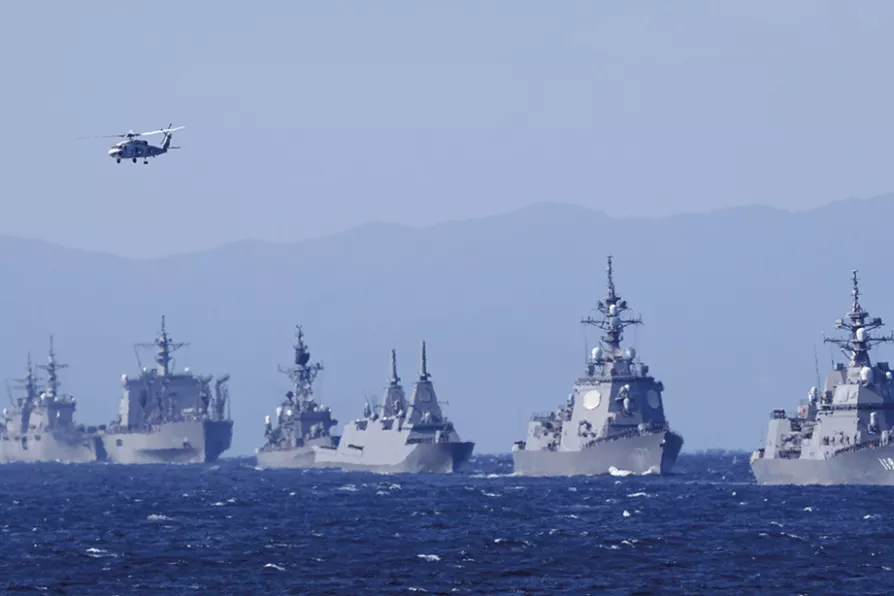The long-term effects of chemical weapons such as Agent Orange mean that the impact of war lasts well beyond a ceasefire

 WAR GAMES: Japanese destroyer Asahi (right) joins exercises alongside the US, Australia, Canada and South Korea, in Sagami Bay, south of Tokyo, November 6
WAR GAMES: Japanese destroyer Asahi (right) joins exercises alongside the US, Australia, Canada and South Korea, in Sagami Bay, south of Tokyo, November 6
IN early December 2021, Japan’s Self-Defence Force joined the US armed forces for Resolute Dragon 2021, which the US Marines called the “largest bilateral training exercise of the year.”
Major General Jay Bargeron said at the start of the exercise that the US is “ready to fight and win if called upon.”
Resolute Dragon 2022 followed the resumption, in September, of trilateral military drills off the Korean peninsula by Japan, South Korea and the US; these drills had been suspended as the former South Korean government attempted a policy of rapprochement with North Korea.

Far-right forces are rising across Latin America and the Caribbean, armed with a common agenda of anti-communism, the culture war, and neoliberal economics, writes VIJAY PRASHAD

RAMZY BAROUD highlights a new report by special rapporteur Francesca Albanese that unflinchingly names and shames the companies that have enabled Israel’s bloody massacre in Gaza

VIJAY PRASHAD on why the US attack on Iran was illegal and why the attack could actually spur nuclear weapons proliferation











